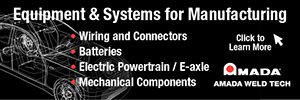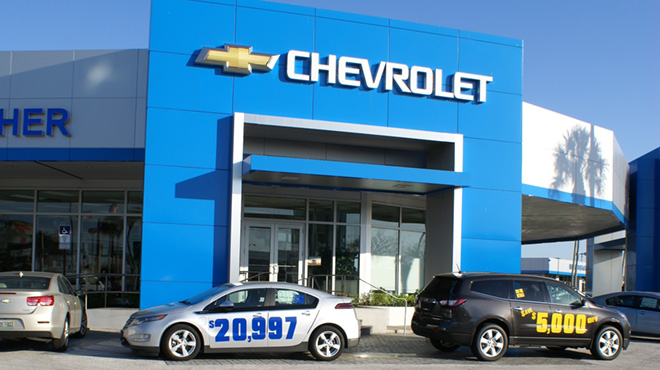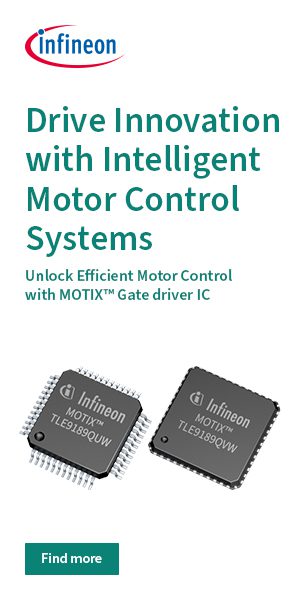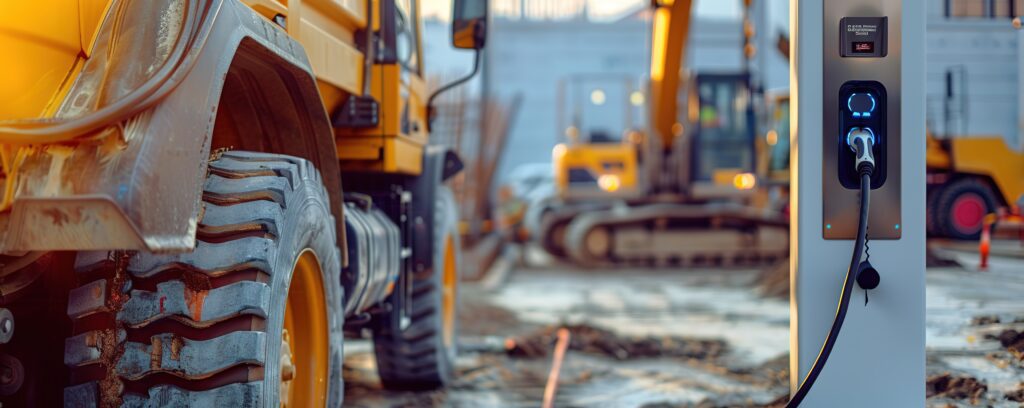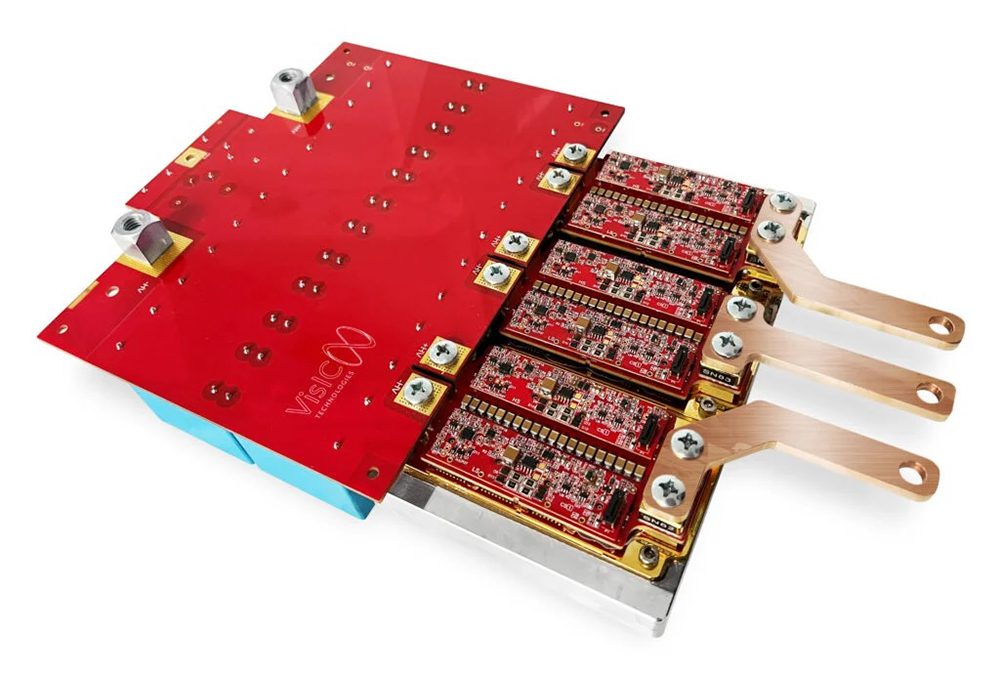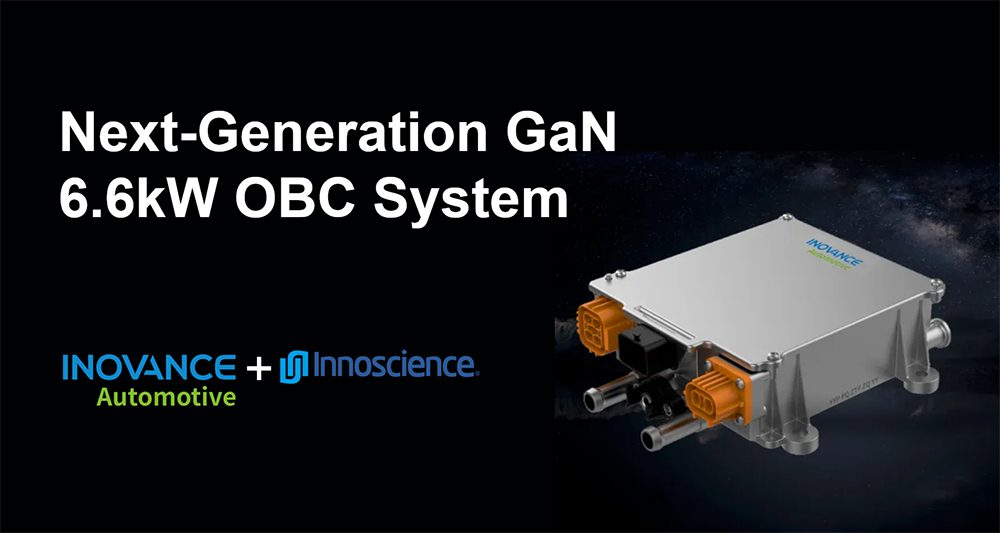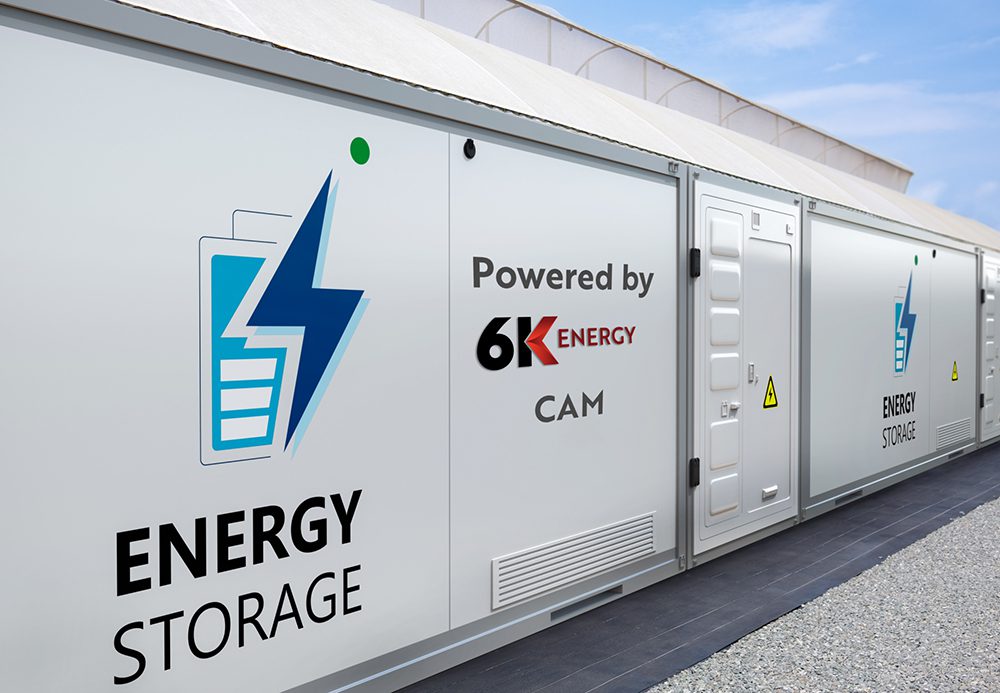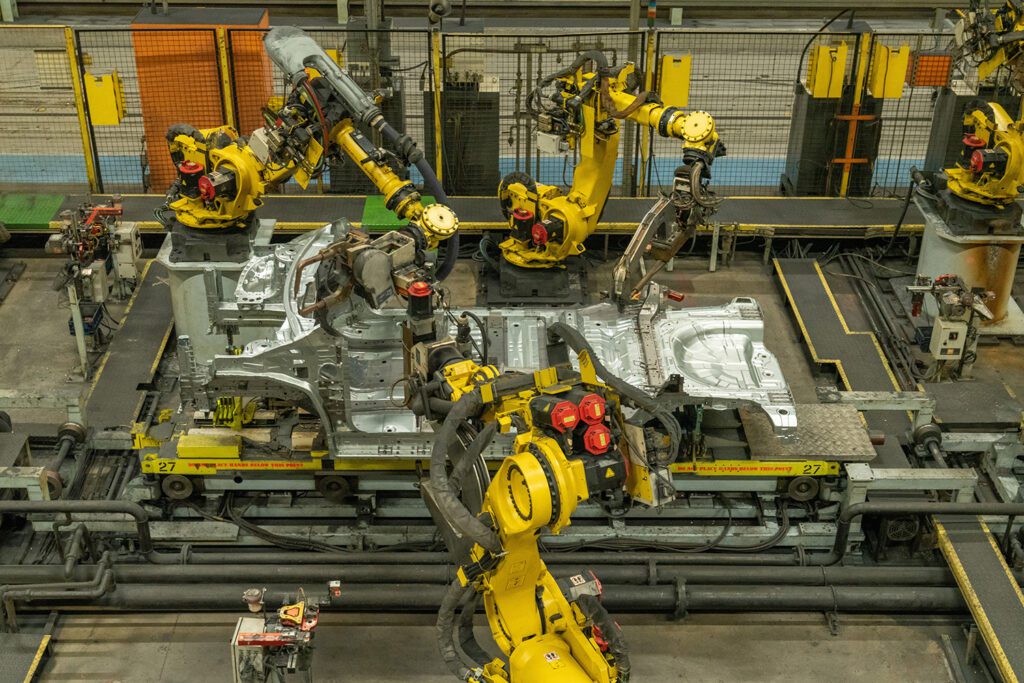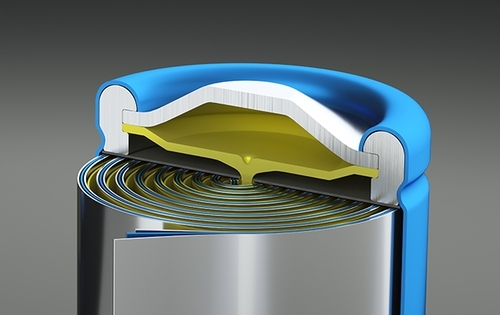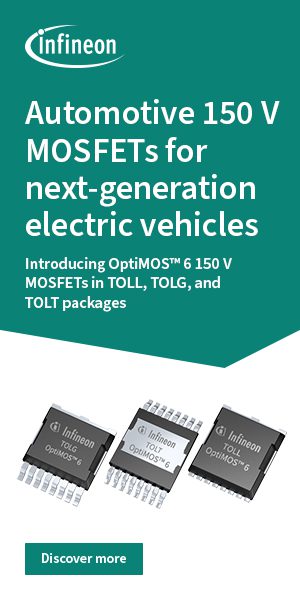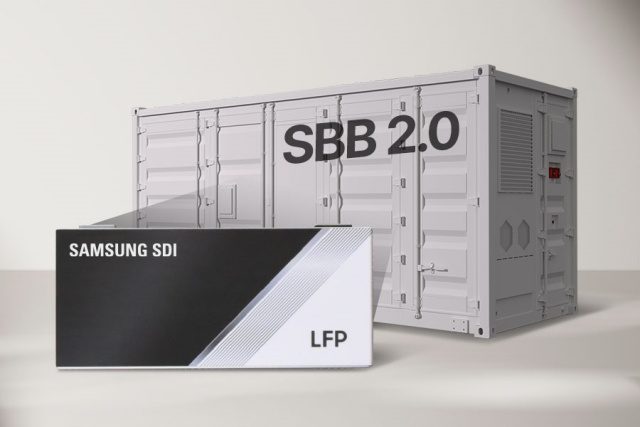There are over 30 plug-in vehicles available in the US from a variety of automakers, and in most parts of the country, infrastructure is quickly proliferating. A recent Union of Concerned Scientists and Consumers Union survey found that 55 percent of drivers in Northeastern states and 65 percent in California are interested in EVs. So why are EVs still only capturing about one percent of the auto market? Many observers, including the New York Times, have found that the dealership experience is a major bottleneck.
Now the Sierra Club has conducted a multi-state study of the retail EV market, under the title Rev Up EVs. Volunteers called or visited 308 auto dealerships across ten states to check out and test drive plug-in vehicles. Surprise, surprise! The study found “tremendous room for improvement among both the dealerships and the automakers to provide customers with a better EV shopping experience.”
The Rev Up EVs study found that some dealers are doing a great job of selling EVs – they have good inventory, informed salespeople and strong EV advertising. “These best practices are not rocket science. But many other dealers and automakers are falling short.”
The first step to selling a car is of course to have one available for purchase. The Rev Up EVs project found that many dealerships, especially outside of California, had not a single EV on the lot for customers to see, test-drive, and buy.
Availability may be the first step, but dealer knowledge is also critical. About one third of the salespeople at surveyed dealerships failed to provide their customers with information on available tax credits and rebates, which make EVs significantly more affordable, and are proven to increase sales.
Automakers continue to lobby lawmakers to water down the ZEV regulations, claiming that they’ve tried and failed to interest consumers in EVs. The Sierra Club is having none of it. “We can’t lower the bar for the auto industry. We need the industry to step up and put best practices to work to sell EVs and comply with the ZEV regulations. Once they’re on dealers’ lots, EVs need to be charged, ready for test drives, and prominently displayed. Auto dealers and makers need to train their salespeople on the ins and outs of EVs so that salespeople can answer customer questions. Finally, automakers need to increase advertising of their EVs which, in turn, will encourage dealers to advertise more at the local level.”
Source: Sierra Club



